What’s the Buzz
The Bee Healthy Blog
Clonazepam Uses and Side Effects

Clonazepam (brand name: Klonopin) is a prescription medication that is classified as a benzodiazepine. Clonazepam is used to treat panic disorders and certain types of seizure disorders. Please continue reading to learn more about this medication’s uses, side effects, benefits, and risks.
Is clonazepam a sleeping pill?
No, clonazepam is not a sleeping pill. It is a benzodiazepine (anti-anxiety agent or anxiolytic) and anticonvulsant (anti-seizure medicine). Clonazepam is not FDA-approved to treat insomnia (trouble sleeping). However, it is sometimes used to treat insomnia at the prescriber’s discretion due to its sedative effects.
Is clonazepam used to treat panic disorder?
Yes, clonazepam is used to treat panic disorder in adults, a mental health condition characterized by sudden attacks of fear and worry (panic attacks).
Clonazepam is also used, alone or in combination with other medicines, to treat certain types of seizure disorders such as absence seizures (with failed response to succinimides), myoclonic epileptic seizures, akinetic seizures, and Lennox-Gastaut syndrome. Clonazepam can be used in adults and children to treat different types of seizures.
Same as other benzodiazepines such as alprazolam (Xanax) or diazepam (Valium), clonazepam is used for medical treatment for restless legs syndrome, bruxism (teeth grinding), tardive dyskinesia, acute catatonic reactions (a condition when a person does not move or speak at all), acute mania, and alcohol withdrawal. Keep in mind that these are not FDA-approved indications.
Clonazepam works by increasing gamma-aminobutyric acid (GABA), a neurotransmitter or brain chemical that decreases activity in the brain and slows the central nervous system (CNS). GABA is responsible for calming effects; these brain chemicals help dampen the nerve cells’ activity during stressful situations and fear.
Is clonazepam safe for daily use?
Clonazepam (Klonopin) is a schedule IV (4) controlled substance. Schedule IV controlled substances are defined as drugs with low potential for abuse and low risk of dependence. However, benzodiazepine overdose with clonazepam can happen with misuse, along with risks for addiction and death.
So is clonazepam safe for daily use? Even with the above warnings, clonazepam is safe for daily use when taken as directed. Clonazepam can be taken up to three times daily for the treatment of different types of seizure and panic disorders. It comes as a tablet and orally disintegrating tablet (ODT) to be taken by mouth, with or without food. Read the prescription label carefully and take this medication exactly as prescribed.
The duration of treatment will be determined by your healthcare provider depending on the condition being treated. Do not stop taking clonazepam abruptly. Your provider will give you instructions on how to gradually taper the dose of clonazepam to avoid withdrawal symptoms.
While being on clonazepam, you should be cautious with other central nervous system (CNS) depressants such as opioid pain medicines, alcohol, muscle relaxants, or any other drugs that are sedative. Combining clonazepam with a CNS depressant can lead to respiratory depression, which is characterized by slow and shallow breathing; this adverse effect can be fatal without immediate medical attention.
What is the usual clonazepam dose?
Adults
Panic disorder
- The initial dose is usually 0.25 mg twice daily. The usual maintenance dose is 0.5 mg twice daily. Your doctor will give you instructions to increase the dose after a few days.
- Elderly patients (65 years and above) should discuss the risks and benefits of taking clonazepam with their healthcare provider. Elderly patients are usually initiated on lower doses as they are more prone to falls, delirium, and other side effects caused by benzodiazepines.
Children
Seizure disorders
- A child’s dose of clonazepam for seizure disorders depends on body weight. Though, typically, same as elderly patients, children are started on the lower range of dosing.
- The maintenance dose is 0.1 mg/kg to 0.2 mg/kg per day, divided into three doses taken three times daily.
- Dosing adjustment can be done by your child’s doctor based on how they tolerate this medication, and how well-controlled the seizures are.
If you miss a dose of clonazepam, take it as soon as you remember. However, if it is almost time for your next dose, skip the missed dose and go back to your regular dosing schedule. Do not take a double dose to make up for a missed dose.
Concomitant use of opioid medicine and clonazepam or any benzodiazepines should be used with caution. If the use of an opioid pain medicine and a benzodiazepine is required, and there are no alternative options, a lower dose and shorter duration of therapy are recommended.
Is clonazepam a high-risk drug?
There are certain risks associated with taking clonazepam. These include:
Life-threatening breathing problems
Clonazepam can cause CNS depression which can slow or stop your breathing. The risk is higher when you take clonazepam with other CNS depressants, such as an opioid medication for pain or cough (codeine, morphine, hydrocodone, oxycodone, hydromorphone, fentanyl, methadone, tramadol, and meperidine). Tell your doctor immediately if you develop severe drowsiness, dizziness, lightheadedness, weak or shallow breathing, or unresponsiveness. Your family members should know when and how to seek emergency medical attention.
Habit-forming
Clonazepam is a Schedule IV controlled substance with low potential for abuse and low risk of dependence. It is a prescription medication and is not available over the counter. Do not take this medicine at a higher dose, more frequently, or for longer than advised by your healthcare provider. Tell your provider if you have a history of drug abuse, depression, or mental illness.
Life-threatening withdrawal symptoms
Patients receiving clonazepam, especially with higher doses or long duration, can develop a physical dependence on it. Stopping clonazepam suddenly can lead to worsening seizures and cause severe withdrawal symptoms, such as ringing in the ears, anxiety, depression, sleep problems, memory problems, difficulty concentrating, unusual muscle movements, and burning or prickling sensations. These withdrawal symptoms can last for many weeks to months. Your healthcare provider will tell you how to lower the dose of clonazepam gradually to prevent withdrawal symptoms and prevent new or worsening seizures.
Mental health changes
A small number of people who take clonazepam can develop sudden and severe changes in mental health, including suicidal thoughts or behavior. This can happen within a week of starting clonazepam. Call your doctor if you experience any unusual changes in mood or behavior. Family members should know when to seek emergency medical attention.
Benzodiazepine overdose
Clonazepam overdose symptoms may include confusion, drowsiness, and loss of consciousness. Call your national or local poison control center at 1-800-222-1222 or seek emergency medical attention in case of a known or suspected overdose.
Who should not take clonazepam?
The following individuals should not take clonazepam or discuss the pros and cons of taking this medication with their healthcare provider:
- People who have previously had an unusual or allergic reaction to clonazepam, any of the active or inactive ingredients in clonazepam tablets, or other benzodiazepines.
- Other medications that can cause sedation can worsen lorazepam’s side effects and drug interactions, such as drowsiness, sleepiness, and CNS depression. These medications include opioid pain medicines, muscle relaxants, certain medications for colds or allergies, another anti-seizure medication, tranquilizers or anxiety medicines, and sleeping pills.
- People with certain medical conditions such as narrow-angle glaucoma, breathing problems such as asthma and chronic obstructive pulmonary disease (COPD), porphyria (a genetic enzyme disorder), and kidney or liver disease, especially severe liver disease.
- Taking clonazepam during pregnancy can cause harm to the unborn baby and problems in the newborn baby, including trouble breathing, poor circulation, and poor muscle tone. Tell your doctor if you are pregnant or breastfeeding before starting clonazepam treatment. Call your doctor if you become pregnant while on this medicine.
Can you drink alcohol while on clonazepam?
You should avoid drinking alcohol while taking clonazepam. This medication can cause dizziness, drowsiness, and blurred vision and interfere with cognitive and motor performance. Drinking alcohol can worsen these side effects, putting you at risk of falling or accidental injury. Be careful while driving or doing other hazardous activities until you know how clonazepam affects you.
What are the common side effects of clonazepam?
Common adverse effects of clonazepam include dizziness, drowsiness, unsteadiness, problems with coordination or walking, and memory problems. Call your doctor if these side effects are severe or do not go away after a few days.
What are the bad side effects of clonazepam?
Rarely, clonazepam can cause serious side effects, such as allergic reactions with skin rash, hives, itching, hoarseness, swelling of the eyes, face, lips, and throat, and trouble breathing. Seek immediate medical attention if you develop these signs and symptoms.
References:
- https://medlineplus.gov/druginfo/meds/a682279.html
- https://www.ncbi.nlm.nih.gov/books/NBK556010/#
- https://www.accessdata.fda.gov/drugsatfda_docs/label/2017/017533s059lbl.pdf
- https://www.mayoclinic.org/drugs-supplements/clonazepam-oral-route/side-effects/drg-20072102?p=1
- https://medicalboard.iowa.gov/sites/default/files/documents/2018/04/controlled_substance_defs-20180301.pdf
- https://www.ncbi.nlm.nih.gov/books/NBK582643/#




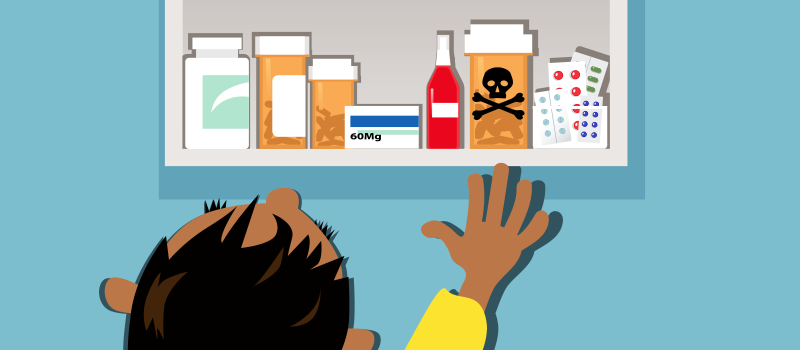
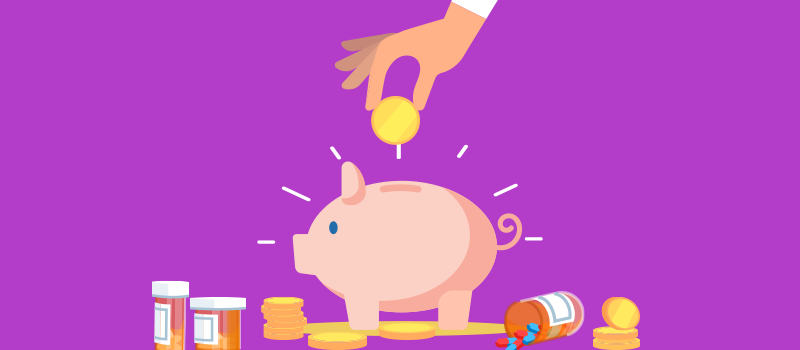
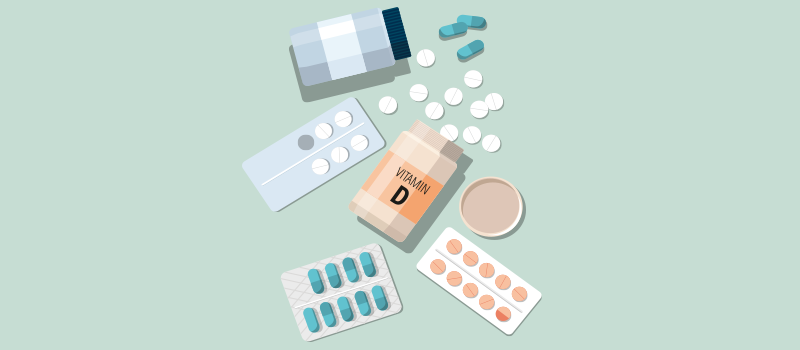

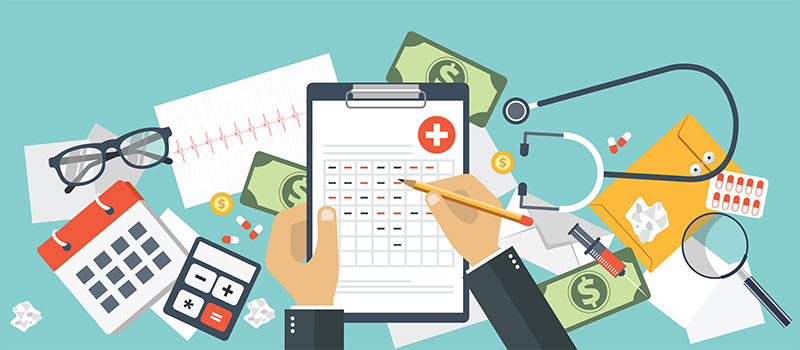
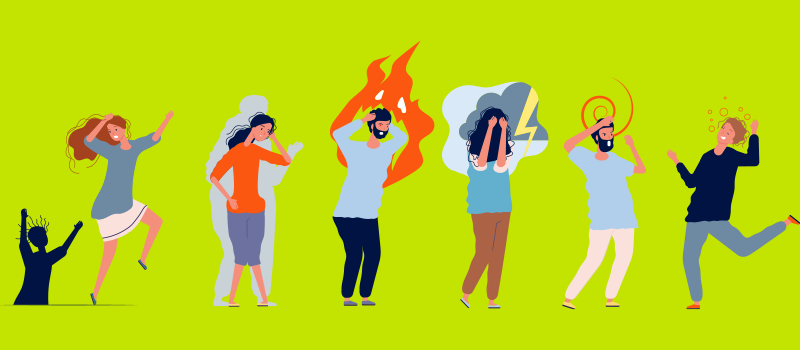

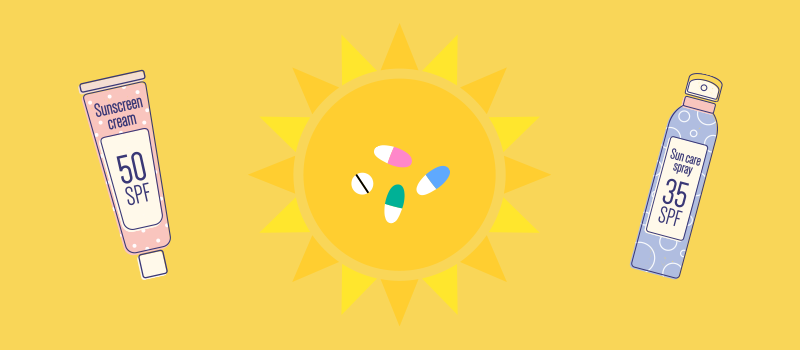
SOCIAL